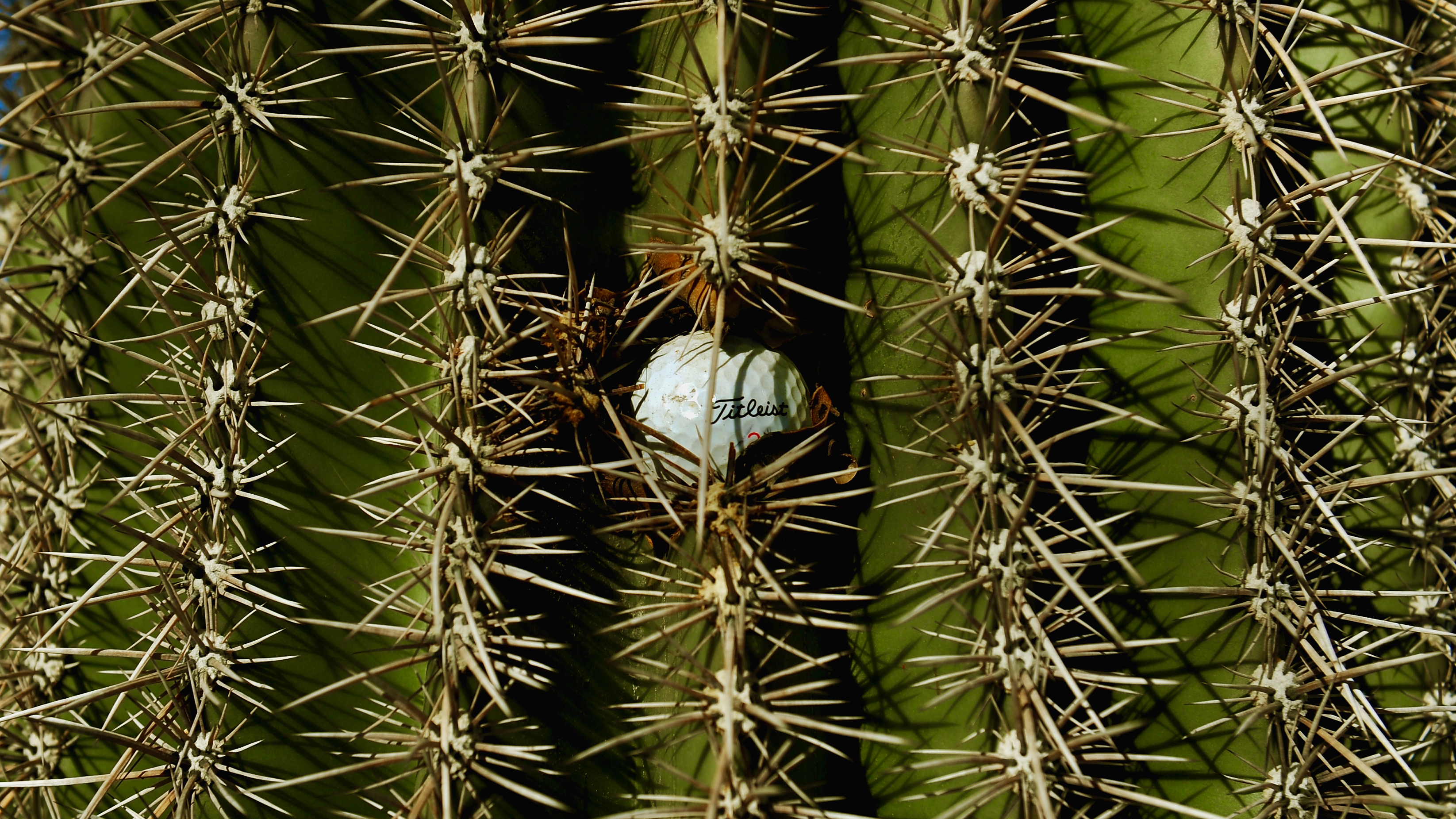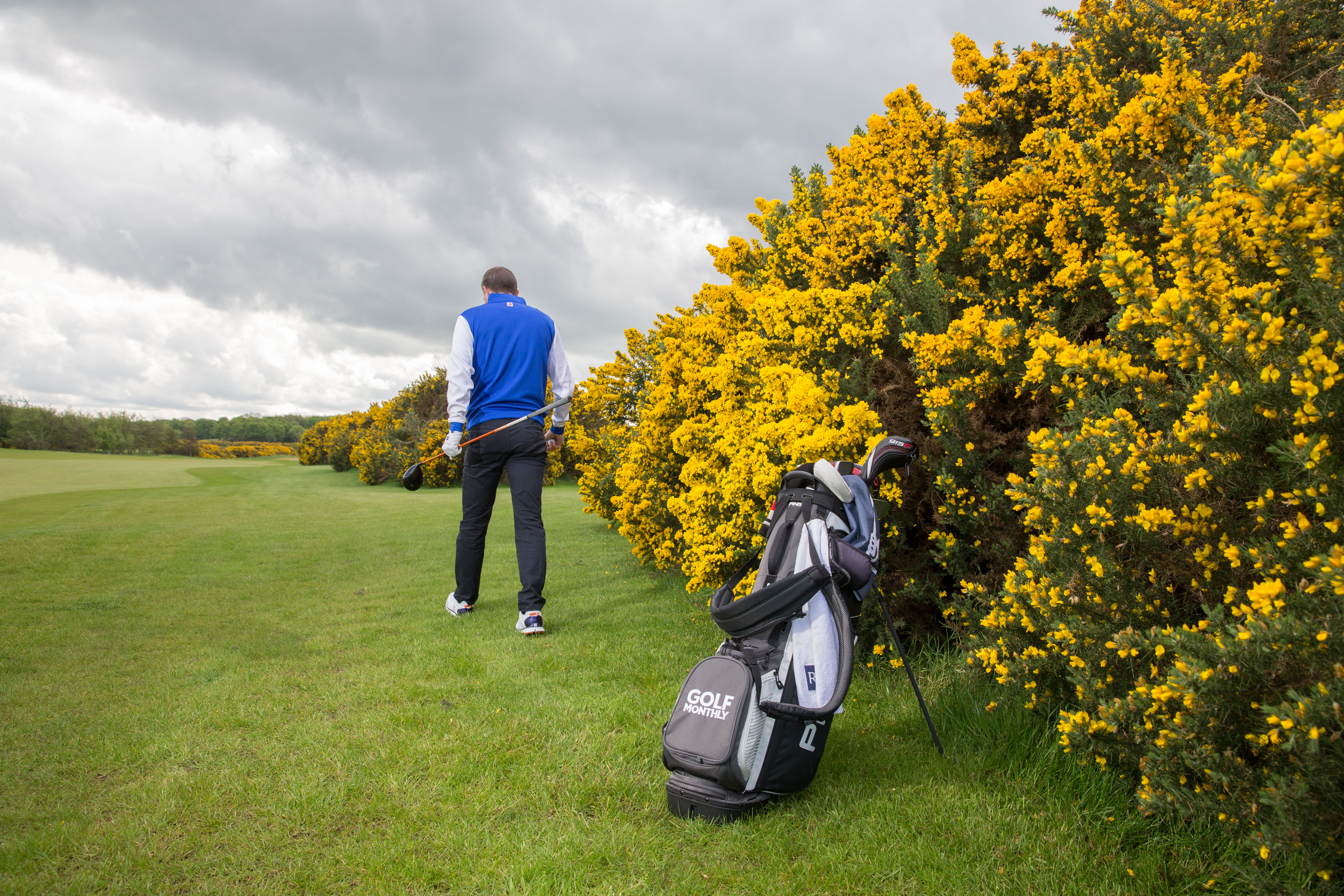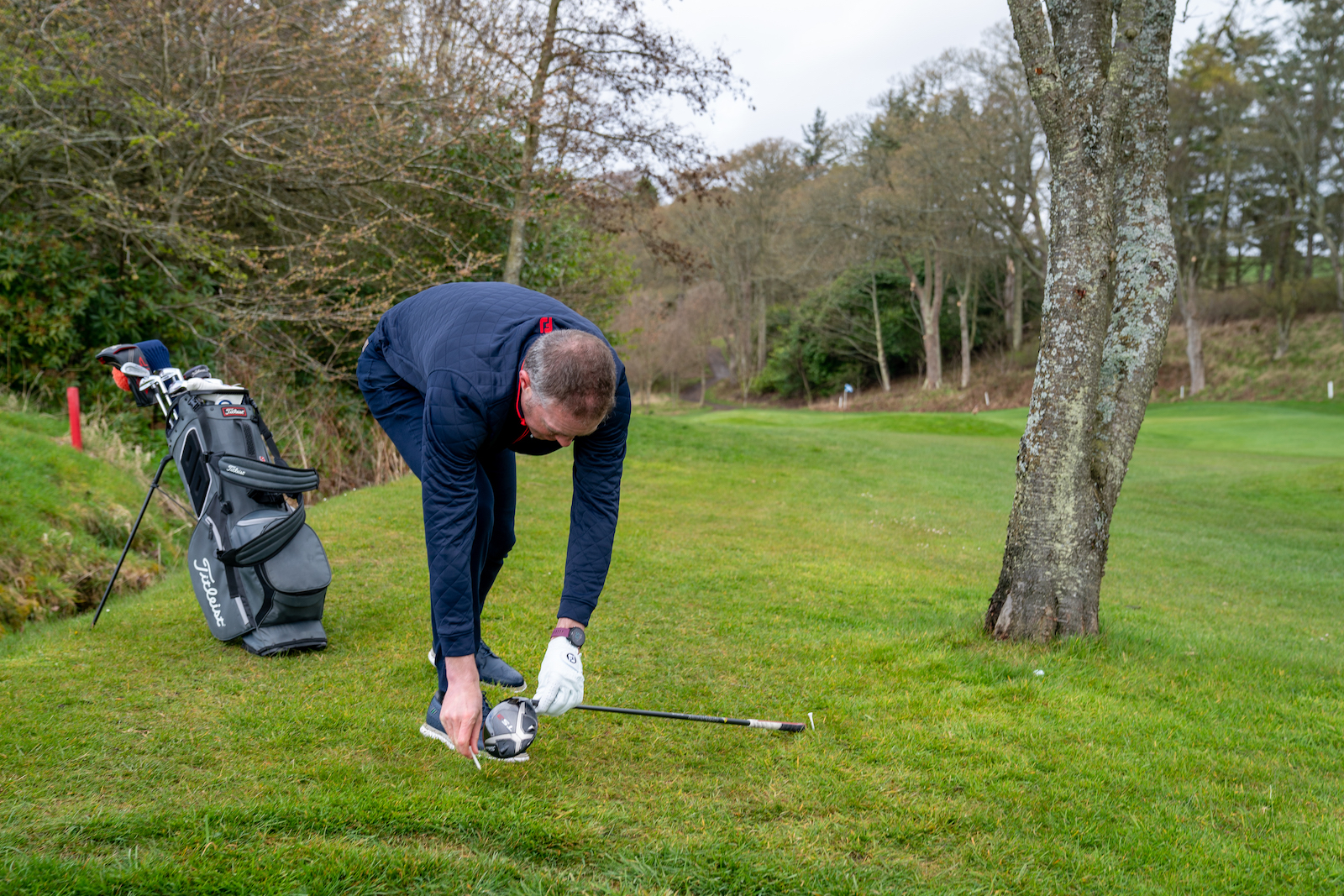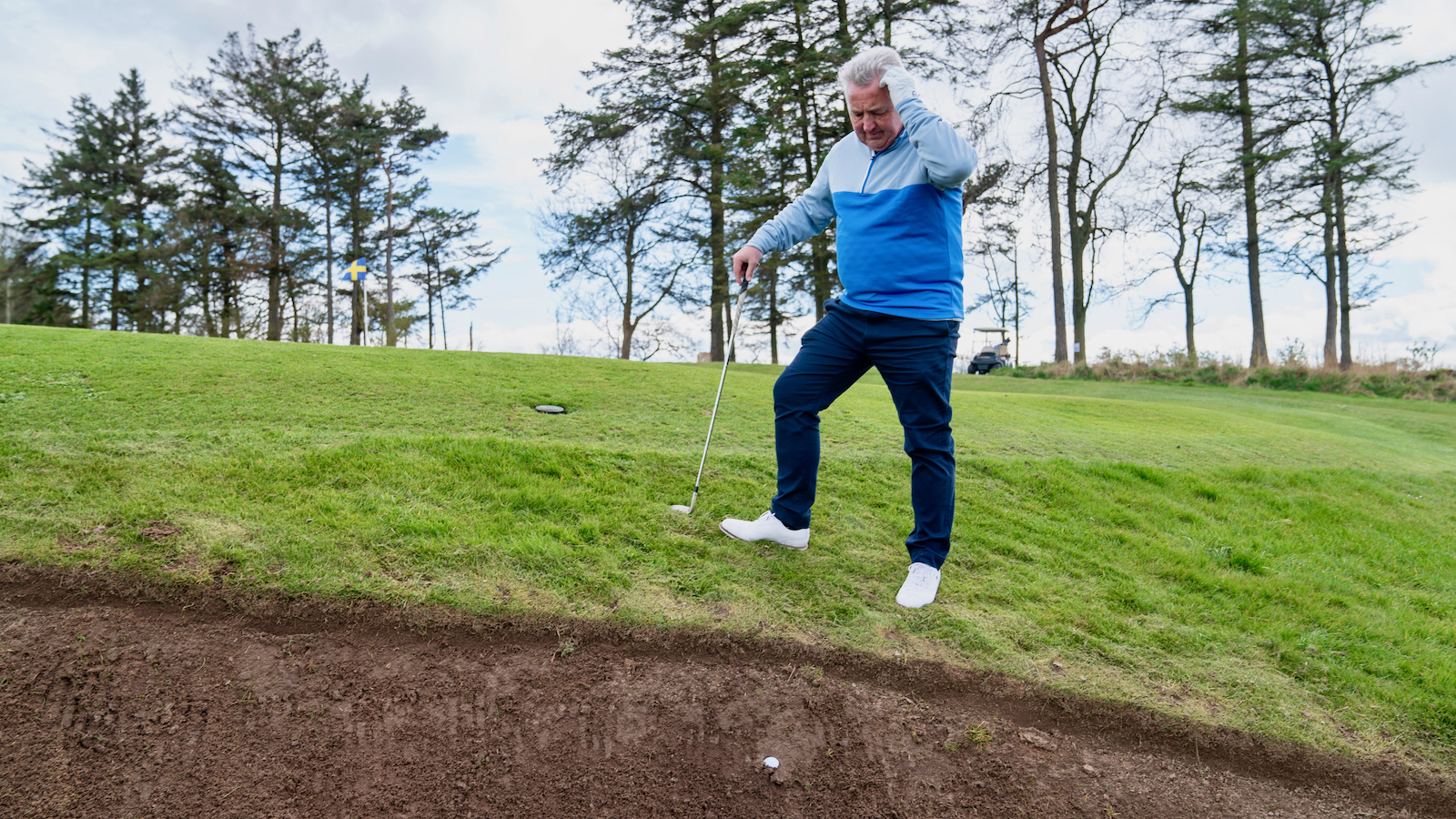
Unfortunately, we golfers don’t always hit our balls where we’re intending to and sometimes we can end up in distinctly unappealing spots. The Rule that every golfer needs to know perhaps more than any other is, therefore, what can we do when it’s simply not possible to play our ball, or when any attempt to do so may be unwise or could potentially lead to even greater trouble.
The Rule covering the various options available to you in these situations is Rule 19 - Unplayable Ball, but it is important to stress first that you may deem your ball unplayable at any place on the golf course, except when it is in a penalty area. Your ball does not have to be physically unplayable for you to deem it unplayable under the Rules, and you, as the player, are the sole judge as to whether or not your ball is unplayable. You could even declare it unplayable if it’s perfectly placed in the middle of the fairway should you wish to do so for some unfathomable reason!
If you deem your ball unplayable, you have three options, all under penalty of one stroke. Your first option is to go back to where you last played from under stroke and distance. You must drop within one club-length not nearer the hole from the point where your last shot was played, estimating it to the best of your ability if you can’t be sure. If it was a tee shot, you may re-tee your ball anywhere within the teeing area.

Your second option is to take back-on-the-line relief by choosing a reference point any distance behind the point where the ball is lying, keeping a straight line between that point and the hole. From 2023, you must now actually drop on that line (as Rory McIlroy discovered to his cost in the 2024 AT&T Pro-Am), and the spot on the line where the ball first touches the ground when dropped creates a relief area that is now one club-length in any direction from that point.

The relief area can’t be nearer the hole than where the ball was lying originally but can be in any area of the course. However, it must be in the same area of the course that the ball first touched when dropped.
Finally, you may drop a ball within two club-lengths of the spot where the ball is lying, not nearer the hole. In all instances, remember that a club-length is now defined under the Rules as the longest club in your bag for that round other than the putter.

It’s worth pointing out that not all of these options will be practical on every occasion because of where your ball is lying, and sometimes you may simply have no real choice but to go back to where you last played from, however unappetising that may seem! For example, there may be nowhere within two club-lengths that presents a more appealing option, or it may sometimes be that dropping back on the line is not possible for the same reason, or because it would take you out of bounds.
There is one final element to the unplayable ball Rule and that is the additional option now available to you in bunkers. Rule 19.3 covers unplayable balls in bunkers and your three options for a penalty of one stroke are essentially the same as they would be elsewhere on the course with one important requirement - if you decide to take a two club-length or back-on-the-line drop for one penalty stroke, you have to drop inside the bunker.

But from 2019, a further option for dropping outside the bunker became available. It does come at a cost of two penalty strokes rather than one, but importantly allows you to drop back as far as you like on a line between the flag and the original position of the ball outside the bunker under the same procedure as described earlier.

Is that extra penalty shot likely to be worth it? Well, while it probably won't get used that often, it might just be your best option if bunker shots are your nemesis and you don't fancy the other three options for various reasons – maybe you would have to carry water again from long range under stroke and distance, or the sand is particularly soft and you fear your ball could plug badly.







